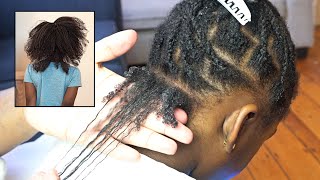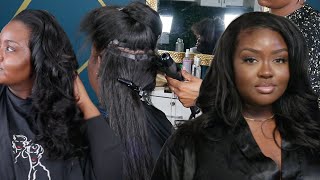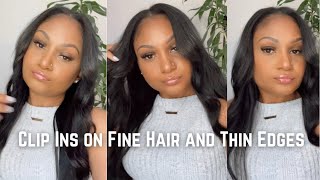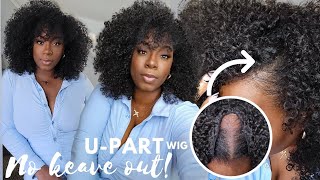Best Hair Extension Method For Thin Hair
- Posted on 01 July, 2013
- Fusion Hair Extensions
- By Anonymous
Single Sided Tape is the best method for clients with thin, fine hair. Dylan explains what causes fine hair, and how hair extension methods have effected it in the past. Traditional hair extension methods put strain one fine hair. That's where Single Sided Tape-In Extensions comes in.
Hi, I'm Dylan from babe and today we're going to talk about thin hair what it is and how hair extension methods have affected it in the past. In the hair extensions business we do with all types of hair, colors and textures, and one of them is thin. Hair now there are two basic definitions of thin or fine hair. The first definition refers to the number of hairs concentrated in an area usually measured by a square inch, think about a scalp and then think about all the tiny hairs poking out of it. If you were to measure a square inch, swatch of that scalp, a person with thin hair would literally have fewer hairs in that area than someone with medium or thick hair. The second definition of thin hair references, the literal, circumference or thickness of the individual hair, a customer may have medium or thick hair density, but their individual hairs may still be relatively thinner than someone with thick or medium hair. People have thin hair for a number of reasons. One of them is genetics, another is a diet low in iron or protein and, lastly, those who use heating tools, straightening chemicals or who color their hair excessively, particularly with bleach, may experience some fineness or thinness in their hair because of fine hair. Certain customers may have been hesitant to seek out hair extensions because of the strain they can put on the thin hair, traditional weave methods, as well as beaded methods which crimp the extension to the hair fusion methods, which fuse the extension to the hair. With a keratin bond or clip in methods which clip the extension to the hair can put a certain amount of strain on the hair, which can be too much for fine haired customers for those squeamish about hair extensions tape in is a great fit they're easy to Install they put a fairly low amount of strain on the hair by spreading the extension across a greater surface area and they're quite easy to maintain. However, those with very thin or fine hair might find that even the tape in method places too much weight and strain on the hair to feel comfortable or to provide a natural look. This is where our single sided tape comes in. It uses the same installation method as double-sided tape only instead of sandwiching the natural hair between two extension weft, it's sandwiched between one extension weft and, on the other side, a piece of single sided tape. Going back to my point about fine hair single sided tape, extensions allow you to use fewer extensions while still distributing the weight of hair extensions evenly throughout the hair, for example, our tape and extension weighs three grams each. So in the traditional tape and installation, you install two wefts totaling, six grams of hair per section, whereas with single sided tape, you only install one weft of tape and hair weighing only three grams. You only use half the weight but still provide a very natural look for thin hair. This isn't to say that fine haired customers should stay away from the other hair extension methods mentioned in this video. Remember as a stylist, it's up to you to make the call on a customer's hair and each one should be treated on a case-by-case basis. Single sided tape is simply another great alternative for customers who may experience discomfort with other hair extension methods because of thin or fine hair. Please check out our other videos in which we talk about how single sided tape works and how best to install and remove them. Take care





Comments
Missterious: Would the tape in extensions work for someone experiencing hair loss or diffuse thinning? Or say for someone with male pattern baldness? Will the tape show if certain areas of the scalp are visible due to hair loss? Thank you